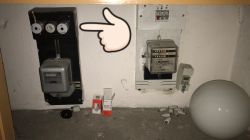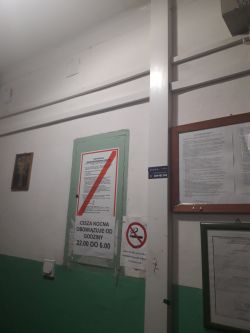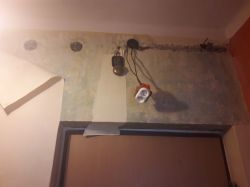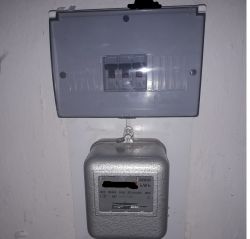Hello, at the beginning I would like to describe the situation.
I am starting a general renovation of a 33m2 apartment in an old block of flats. Currently, the installation is old copper 1 phase 240 v (see photo). In the middle of the apartment, the sockets are not working (electricity is there, but there is no zero or something like that). Today I will have a gentleman who will make me a working socket for construction equipment because I will demolish sowing divider.
I would like to order someone to make a new installation and switchgear. However, I get lost in the place, what to choose and what is the process of bringing Sily to the apartment?
I counted about 29 points at home including (TV, modem, washing machine, dishwasher, induction, extractor hood, fridge etc ..) will all this be pulled by the 240v installation ?????
It depends for me that everything is done in accordance with the law so that I can insure my apartment.
What to choose a 240v one phase switching station? whether 3 phases (and how to go about it)
https://obrazki.elektroda.pl/1628621700_1565093259.jpg
Best wishes
I am starting a general renovation of a 33m2 apartment in an old block of flats. Currently, the installation is old copper 1 phase 240 v (see photo). In the middle of the apartment, the sockets are not working (electricity is there, but there is no zero or something like that). Today I will have a gentleman who will make me a working socket for construction equipment because I will demolish sowing divider.
I would like to order someone to make a new installation and switchgear. However, I get lost in the place, what to choose and what is the process of bringing Sily to the apartment?
I counted about 29 points at home including (TV, modem, washing machine, dishwasher, induction, extractor hood, fridge etc ..) will all this be pulled by the 240v installation ?????
It depends for me that everything is done in accordance with the law so that I can insure my apartment.
What to choose a 240v one phase switching station? whether 3 phases (and how to go about it)
https://obrazki.elektroda.pl/1628621700_1565093259.jpg
Best wishes









